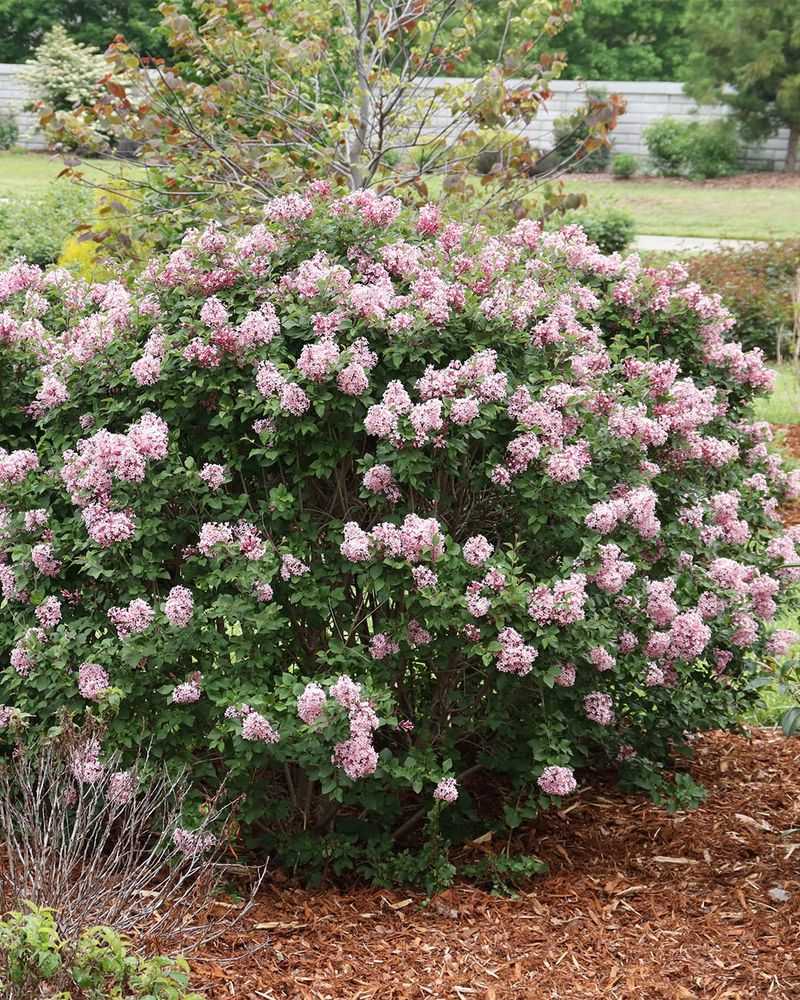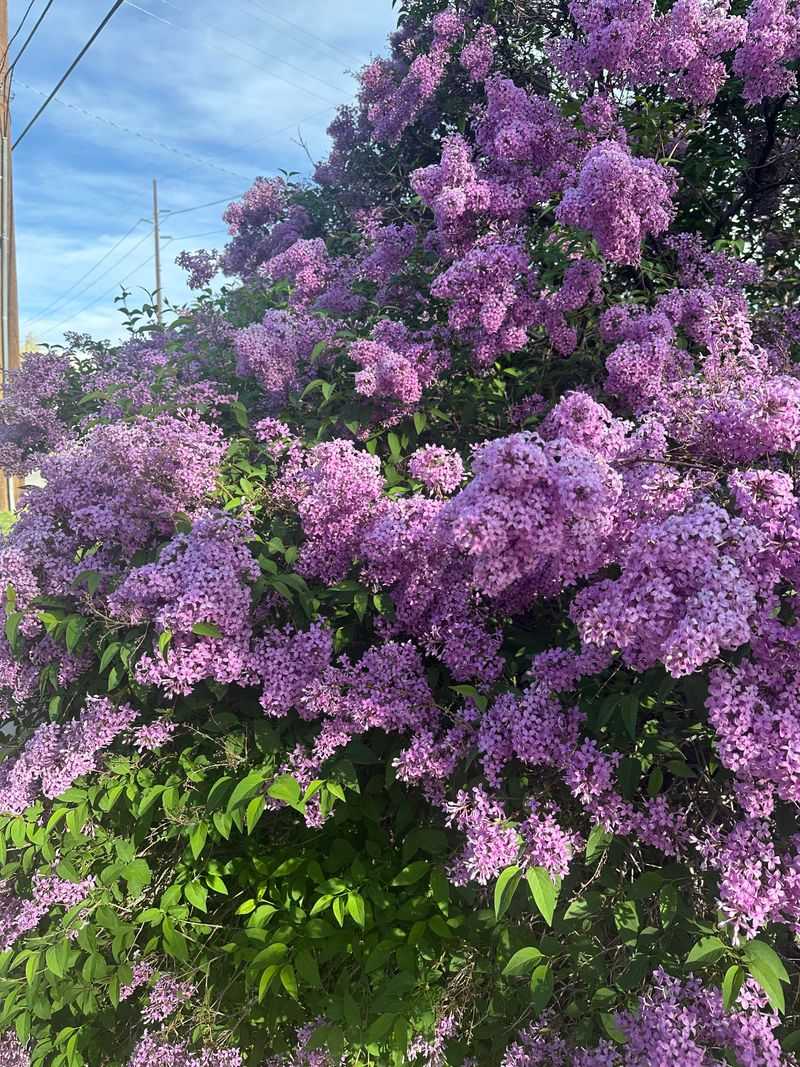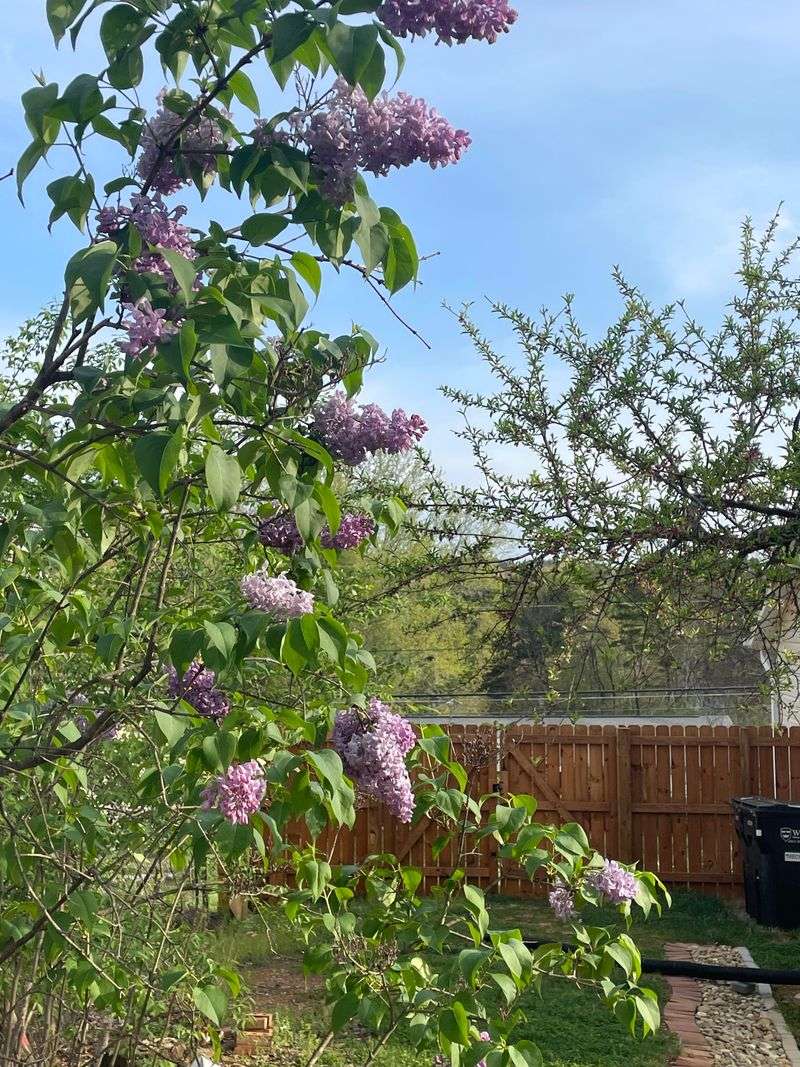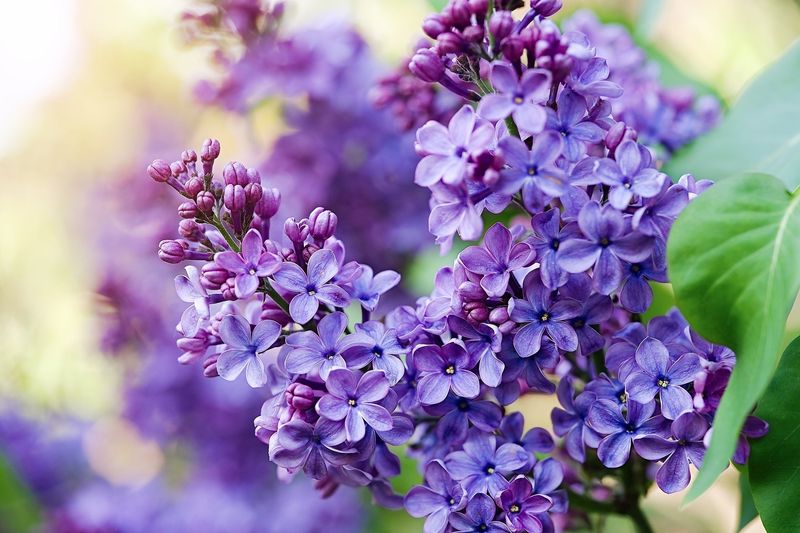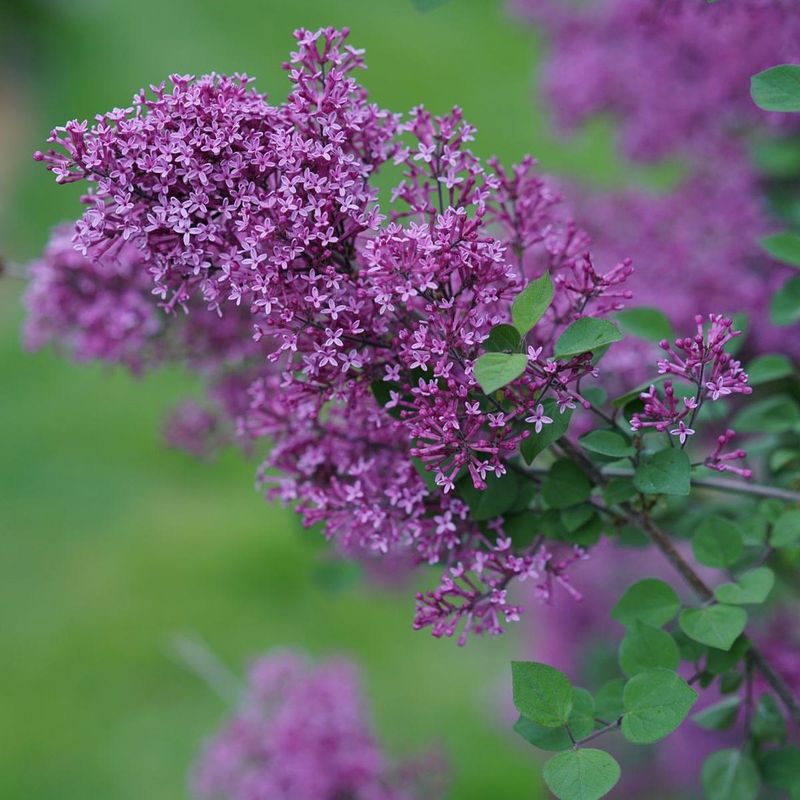Lilacs are beloved for their fragrance and old-fashioned charm—but do they really need deadheading to stay healthy and bloom beautifully? After 10 years of growing and caring for lilacs professionally, I’ve learned what works, what doesn’t, and when it’s worth grabbing the pruners.
Here’s what you actually need to know about deadheading lilacs—and whether it makes a difference at all.
1. Deadheading Isn’t Always Necessary
Contrary to popular belief, lilacs don’t absolutely require deadheading to thrive. These resilient shrubs will naturally set buds for next year whether you remove spent blooms or not.
I’ve observed neglected lilacs in old farmyards producing magnificent displays year after year without any pruning attention. Nature designed these plants to succeed without human intervention, which explains their centuries-long popularity in gardens worldwide.
2. Aesthetic Benefits Make It Worthwhile
While not essential, removing faded lilac clusters definitely improves appearance. Those brown, crispy flower heads look messy against the shrub’s lush green foliage during summer months.
My clients always comment on how much neater their gardens look after I’ve cleaned up spent lilac blooms. The transformation can be dramatic, especially on larger specimens where dozens of dead flower clusters create visual clutter throughout the garden.
3. Timing Matters Tremendously
Deadhead lilacs immediately after flowering ends – typically late spring to early summer depending on your climate zone. Wait too long and you risk removing next year’s flower buds!
Many gardeners make the mistake of pruning lilacs in fall or late summer. I once had a client who wondered why her lilac never bloomed – turns out she’d been diligently cutting it back every September, removing all the developing flower buds for the following spring.
4. Proper Technique Prevents Damage
Snip spent flower clusters just below the bloom, right above the first set of leaves. Clean, sharp bypass pruners make quick work of this task while minimizing damage to the plant.
I’ve seen well-meaning gardeners hack away with dull kitchen scissors or even tear blooms off by hand. This rough treatment creates ragged wounds that heal poorly and can introduce disease. A single afternoon investing in proper tools saves years of plant health problems.
5. Energy Redirection Boosts Growth
Removing spent flowers prevents the plant from putting energy into seed production. This redirected energy instead supports root development, foliage health, and future bloom formation.
The difference becomes apparent during drought years. My deadheaded lilacs consistently outperform their neglected counterparts when water is scarce. Their stronger root systems and overall vigor help them weather stressful conditions with minimal damage.
6. Rejuvenation Requires More Than Deadheading
For overgrown or declining lilacs, simple deadheading isn’t enough. These grand old shrubs occasionally need rejuvenation pruning – removing about a third of the oldest stems entirely at ground level.
The transformation can be remarkable. I revitalized a 60-year-old lilac that hadn’t bloomed in years through strategic removal of ancient woody stems. Three seasons later, it produced more flowers than anyone remembered seeing before, proving these plants respond beautifully to proper renovation.
7. Variety influences deadheading needs
Not all lilacs demand the same maintenance approach. Korean lilacs (Syringa meyeri) produce smaller flower clusters and generally need less deadheading than common lilacs (Syringa vulgaris).
Japanese tree lilacs (Syringa reticulata) develop interesting seed capsules some gardeners deliberately preserve for winter interest. Learning the specific requirements of your particular variety makes maintenance more efficient and effective. Plant tags and nursery information provide valuable clues about care needs.
8. Pest prevention as a bonus benefit
Regular deadheading creates opportunities to inspect plants closely for early signs of problems. Powdery mildew, scale insects, and borers all commonly affect lilacs and are easier to address when caught early.
During deadheading sessions, I’ve spotted countless developing issues before they became serious. One client’s prized lilac collection narrowly escaped destruction when I noticed telltale borer holes while removing spent blooms. Prompt treatment saved these irreplaceable century-old specimens.
9. Fragrant additions to bouquets
Don’t waste those beautiful blooms! Cut lilac flowers for indoor arrangements just as they begin opening for longest vase life. Smash woody stems with a hammer and place in warm water to extend freshness.
Fresh lilac arrangements transform homes with their intoxicating fragrance. My clients eagerly anticipate their annual “lilac delivery” when I bring armloads of cut stems during spring maintenance visits. The joy these blooms bring indoors makes deadheading feel less like a chore and more like a harvest.
10. Long-term commitment yields biggest rewards
Consistent deadheading over multiple seasons produces increasingly spectacular displays. Lilacs respond gradually to good care, with each year building on previous attention.
My longest-term clients have witnessed their modest lilac bushes transform into magnificent specimens through nothing more than regular deadheading and occasional feeding. The most impressive garden lilacs I’ve encountered have all benefited from decades of consistent care rather than sporadic intense intervention.


